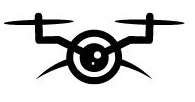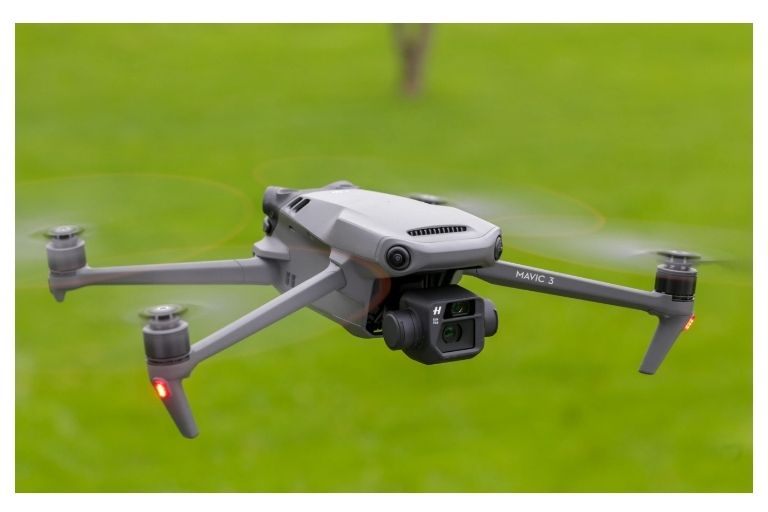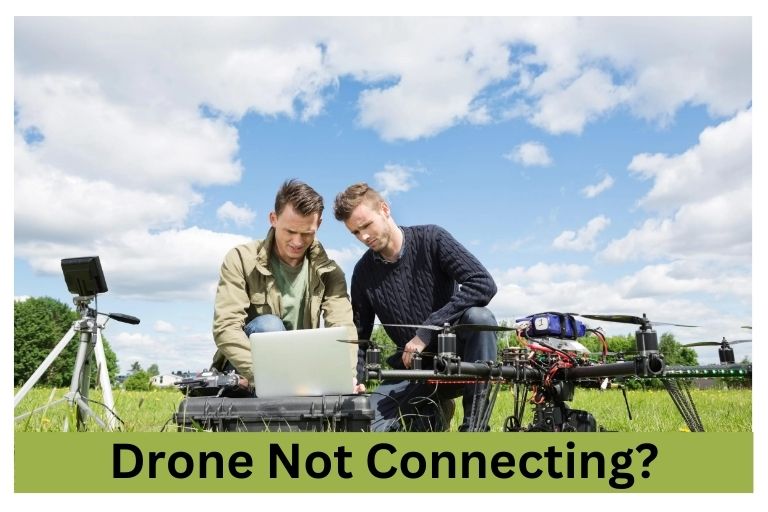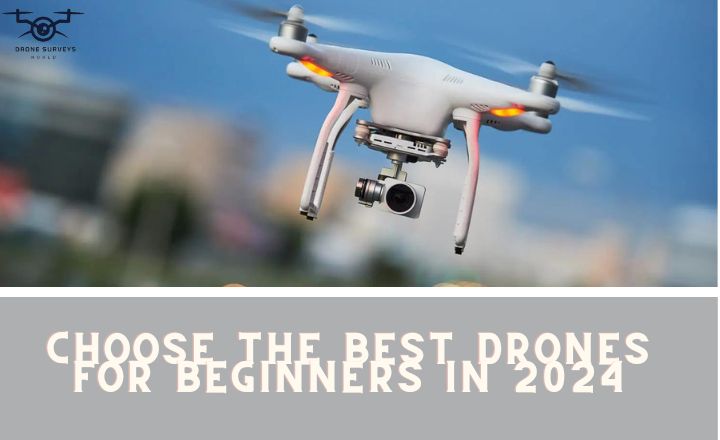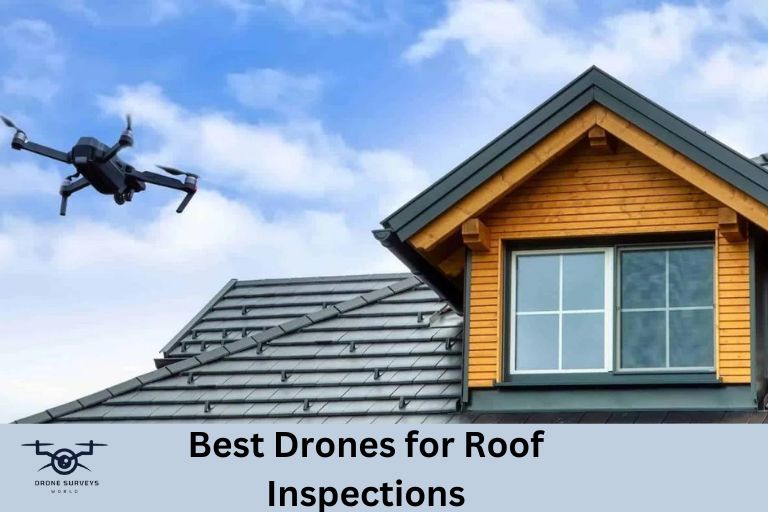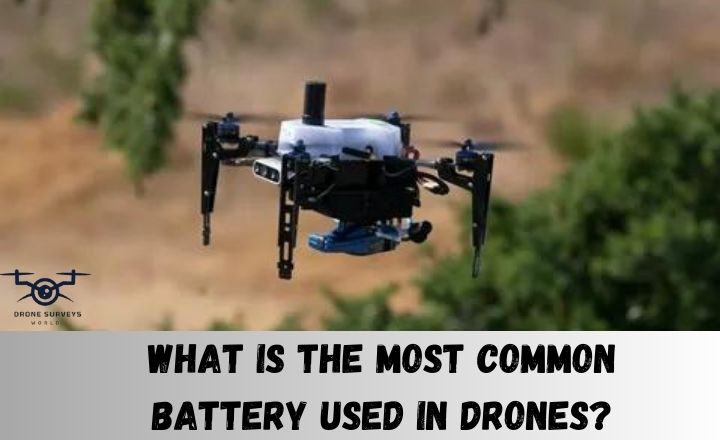Drones have become increasingly popular for recreational and commercial use, but their presence can sometimes lead to safety, privacy, and legal concerns. Whether it’s an unauthorized drone flying near an airport, a privacy violation, or a technical malfunction causing a crash, reporting such incidents is crucial to maintaining airspace safety and accountability.
This guide provides a step-by-step approach for both pilots and bystanders to properly report drone-related incidents. It covers legal considerations, key details to document, and how to notify the appropriate authorities. By following the correct procedures, individuals can help prevent risks and ensure responsible drone operations.
Understanding Drone Incidents
Drone incidents can range from minor inconveniences to serious threats to public safety. Recognizing these incidents is essential for ensuring responsible drone usage and preventing accidents or legal violations. A drone incident typically involves unauthorized flights, technical malfunctions, or reckless operation that could endanger people, property, or other aircraft.
Common Types of Drone-Related Issues
Several types of drone-related issues may require reporting:
- Unauthorized Airspace Entry – Drones flying near airports, military bases, or restricted zones pose significant safety concerns and violate aviation regulations.
- Privacy Violations – Drones equipped with cameras can intrude on personal privacy if flown over private property without consent.
- Reckless Flying – Operators who fly drones in crowded areas, above moving vehicles, or in adverse weather conditions may put people at risk.
- Property Damage – Drone crashes caused by pilot error or system failure can result in damage to buildings, vehicles, or infrastructure.
- Interference with Emergency Operations – Drones flying near wildfires, crime scenes, or disaster response areas can hinder emergency personnel and first responders.
- Wildlife and Environmental Impact – Some drones disturb wildlife habitats, causing stress to animals and violating environmental protection laws.
By understanding these common issues, both pilots and bystanders can take appropriate steps to report incidents and ensure safer drone operations.
Legal and Safety Considerations
Drone operations are subject to various laws and regulations to ensure public safety, protect privacy, and maintain order in the airspace. Whether flown for recreational or commercial purposes, drones must adhere to legal requirements set by aviation authorities. Understanding these rules helps pilots operate within the law and enables bystanders to recognize and report violations effectively.
Regulations Governing Drone Operations
Several key regulations govern the operation of drones:
- Registration Requirements – Many countries require drone operators to register their unmanned aerial vehicles (UAVs) with aviation authorities, such as the Federal Aviation Administration (FAA) in the U.S. or the Civil Aviation Authority (CAA) in the UK.
- No-Fly Zones – Drones are prohibited from flying near airports, military installations, and government buildings. Some areas require special authorization for drone operations.
- Altitude and Distance Limits – Regulations often restrict drones from flying above 400 feet (120 meters) or beyond the operator’s visual line of sight (VLOS).
- Privacy Laws – Drones equipped with cameras must comply with privacy laws that protect individuals from unauthorized surveillance or data collection.
- Commercial vs. Recreational Use – Commercial drone operators may need special licensing, training, and insurance depending on local laws.
- Safety Protocols – Operators must avoid flying drones in poor weather conditions, over crowds, or near critical infrastructure like power plants and highways.
- Penalties for Violations – Failure to comply with drone regulations can result in fines, confiscation of equipment, or legal action.
By being aware of these legal and safety considerations, pilots can operate their drones responsibly, and bystanders can report any violations with confidence.
Steps for Reporting a Drone Incident
When encountering a drone-related issue, proper documentation and timely reporting are crucial for ensuring that the relevant authorities can take appropriate action. Whether you are a bystander witnessing an incident or a drone operator experiencing an issue, following a structured approach can help provide clear and actionable information.
Key Information to Include in a Report
When reporting a drone incident, include the following critical details:
- Date, Time, and Location – Specify the exact date, time, and location where the incident occurred. GPS coordinates or nearby landmarks can improve accuracy.
- Drone Description – Provide details about the drone’s size, colour, and any visible markings or lights that may help identify the operator.
- Flight Behaviour – Describe the drone’s altitude, speed, and flight pattern, especially if it appeared erratic or in violation of airspace regulations.
- Pilot Information (if available) – If the drone operator is visible, note their physical description, clothing, and any identifiable equipment they are using.
- Potential Risks or Damages – Mention whether the drone posed a safety threat, privacy concern, or caused damage to property, vehicles, or individuals.
- Photo or Video Evidence – If possible, capture photos or videos of the drone and its surroundings while ensuring your safety and privacy.
- Witness Statements – If others witnessed the event, collect their names and contact details for additional verification.
- Authorities Contacted – Indicate whether you have reported the incident to law enforcement, aviation authorities, or private security.
Providing clear and detailed information increases the likelihood of a thorough investigation and appropriate action against unauthorized or reckless drone activities.
Reporting to Authorities and Organizations
Once a drone incident is documented, notifying the appropriate authorities is the next step in ensuring compliance with regulations and addressing any safety concerns. Depending on the nature of the incident, different organizations may need to be contacted, including law enforcement, aviation authorities, and local security agencies.
Contacting Law Enforcement and Aviation Authorities
Different scenarios require reporting drone incidents to specific entities:
1. Local Law Enforcement
If a drone poses an immediate safety threat, violates privacy laws, or causes property damage, contact local police or security agencies. Provide all gathered evidence, including photos, videos, and witness statements, to assist with the investigation.
2. Aviation Authorities
For incidents involving restricted airspace violations, airport interference, or reckless drone behaviour, report the incident to national aviation regulators such as:
- Federal Aviation Administration (FAA) – (U.S.) [Report online or call local FAA offices]
- Civil Aviation Authority (CAA) – (UK) [Use their official reporting platform]
- European Union Aviation Safety Agency (EASA) – (EU) [Follow local CAA guidance in each member country]
3. Local or Regional Government Agencies
Some municipalities have their own drone regulations. Reporting incidents to city officials or regional transportation authorities may be necessary in urban areas with strict drone restrictions.
4. Private Property Owners and Businesses
If a drone is flying over restricted private property, industrial sites, or sensitive locations, notify the property manager or security personnel for immediate action.
By contacting the right authorities and organizations, individuals can help enforce drone regulations and ensure that violations are addressed properly.
Preventing Future Drone Incidents
While reporting drone incidents is essential, preventing them from occurring in the first place is even more critical. Both drone pilots and bystanders can contribute to safer drone operations by following best practices that align with regulations and ethical responsibility.
Best Practices for Pilots and Bystanders
For Drone Pilots:
To minimize the risk of incidents, drone operators should follow these essential guidelines:
- Know the Regulations – Stay informed about national and local drone laws to ensure compliance. Check for temporary flight restrictions (TFRs) before flying.
- Register Your Drone – If required, register your drone with the appropriate aviation authority to avoid legal issues.
- Fly in Safe and Legal Areas – Avoid flying in restricted zones, near airports, emergency sites, or crowded spaces.
- Maintain Visual Contact – Always keep the drone within the visual line of sight (VLOS) to maintain control and avoid obstacles.
- Respect Privacy – Do not fly over private properties or record individuals without permission, as this could lead to legal consequences.
- Perform Pre-Flight Checks – Inspect the drone’s battery, propellers, GPS, and signal connection before each flight to prevent malfunctions.
- Use Safety Features – Activate features like geofencing, return-to-home (RTH), and collision avoidance to enhance safety.
For Bystanders:
Individuals who observe drone activity can take proactive steps to prevent potential issues:
- Be Aware of Local Drone Rules – Understand where drones are legally allowed to operate in your area.
- Report Suspicious Behavior – If a drone appears to be violating airspace regulations, privacy laws, or safety guidelines, report it to the relevant authorities.
- Avoid Confronting Drone Operators – Instead of engaging in direct confrontation, document the incident with photos or videos and notify officials.
- Protect Personal Privacy – If a drone is flying near your home or private space, use privacy screens, window coverings, or report repeated intrusions.
- Educate Others – Raising awareness about drone safety can help prevent incidents before they occur.
By following these best practices, pilots and bystanders can contribute to safer drone operations, reducing the need for incident reports while fostering responsible drone use.
Conclusion
Reporting drone incidents is an essential step in ensuring airspace safety, protecting privacy, and preventing legal violations. Whether you are a drone pilot experiencing a malfunction or a bystander witnessing unauthorized drone activity, following the correct reporting procedures is crucial.
By understanding common drone-related issues, adhering to aviation regulations, and providing detailed reports to the appropriate authorities, individuals can contribute to safer and more responsible drone usage. Additionally, proactive measures such as educating drone pilots, staying informed about legal requirements, and promoting ethical flying practices can significantly reduce the risk of incidents.
Drones offer incredible benefits when used responsibly, but ensuring their safe integration into everyday life requires vigilance, cooperation, and adherence to established guidelines. By working together, both pilots and bystanders can help create a safer and more accountable drone environment.
